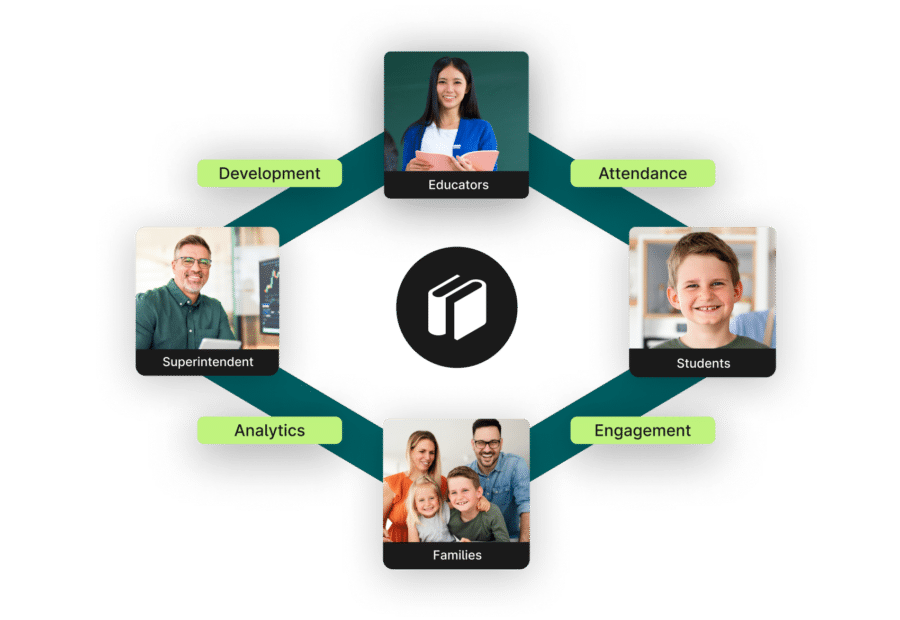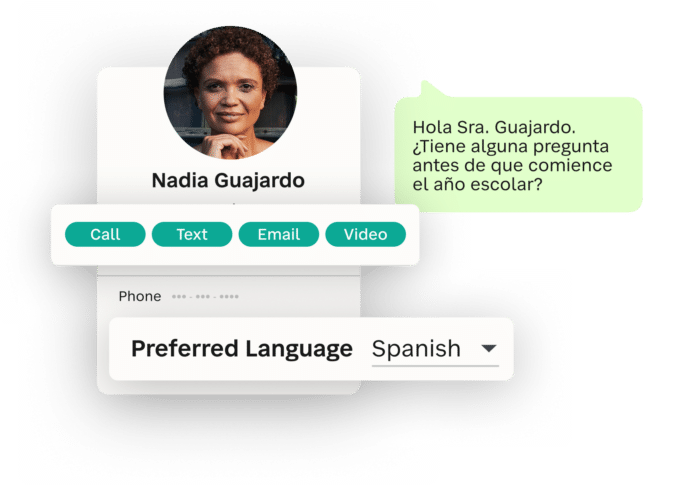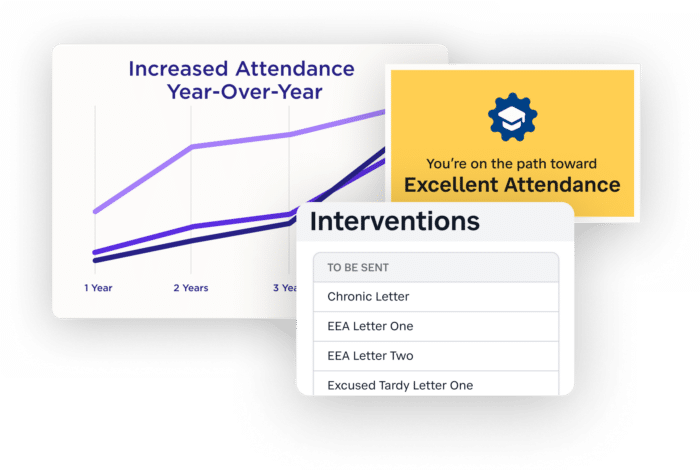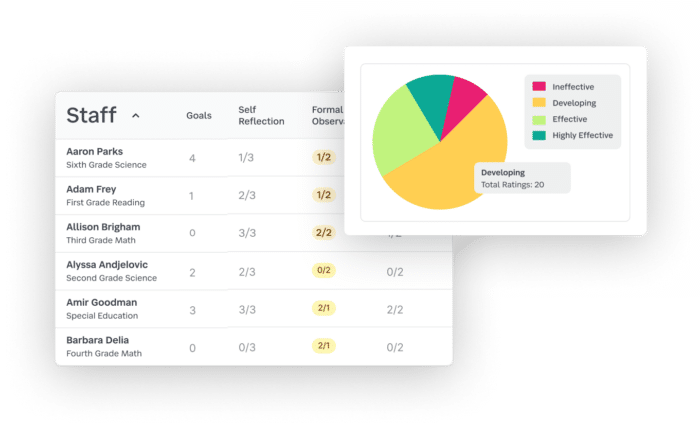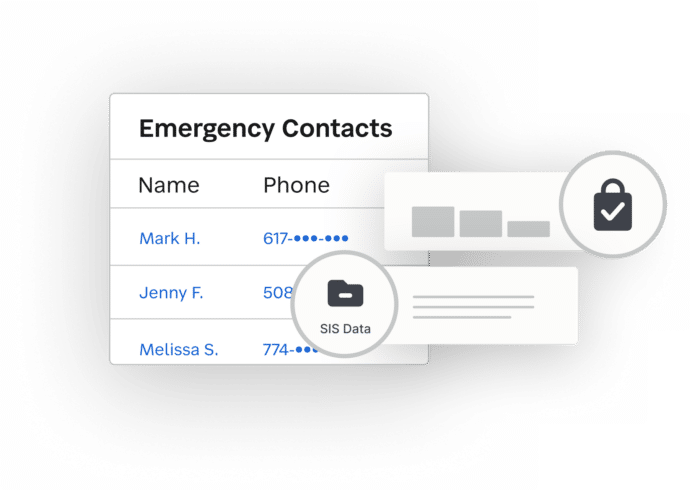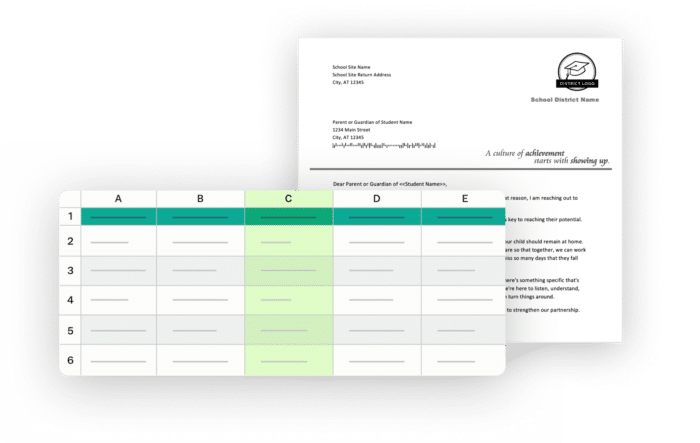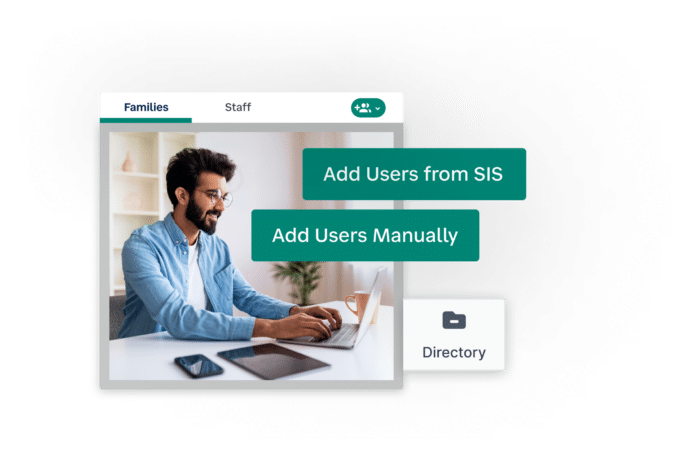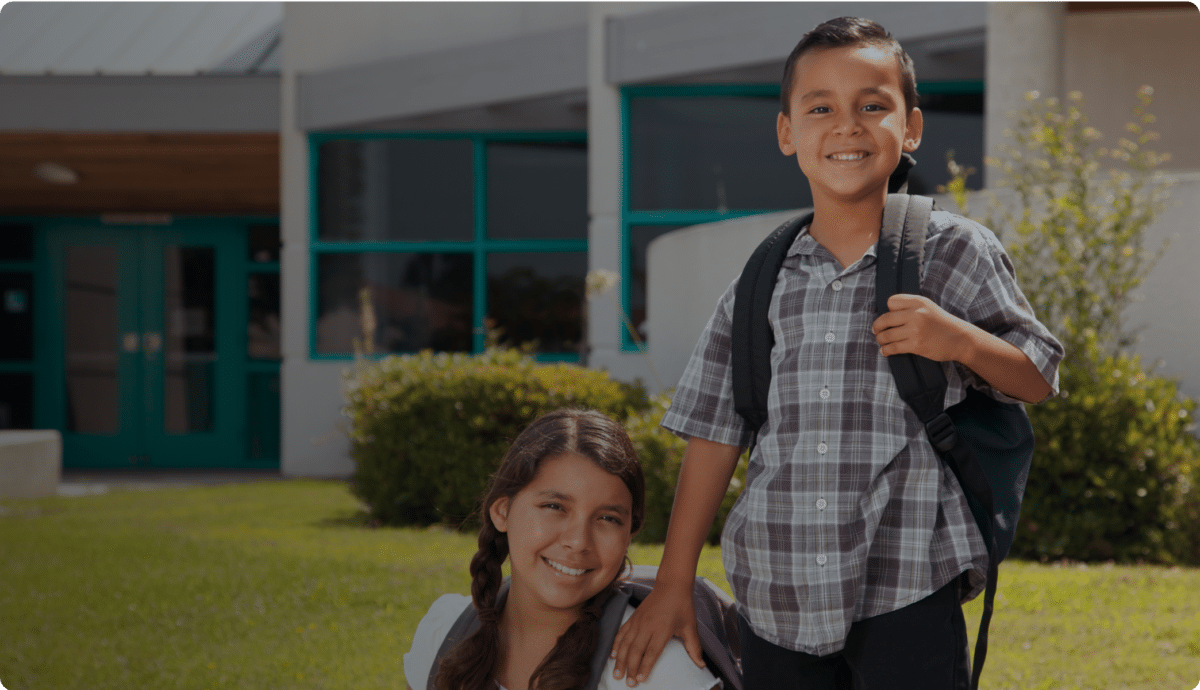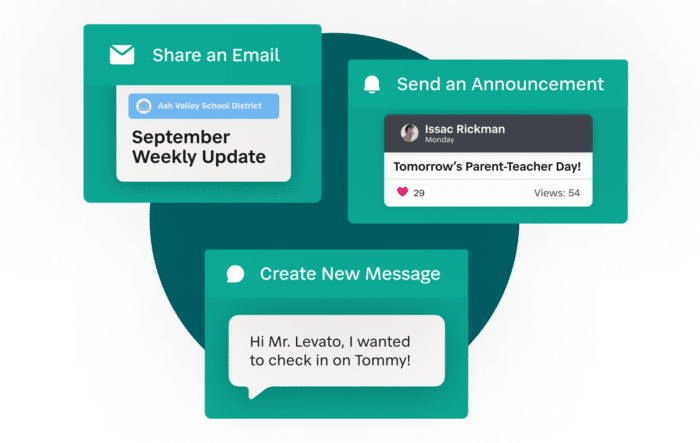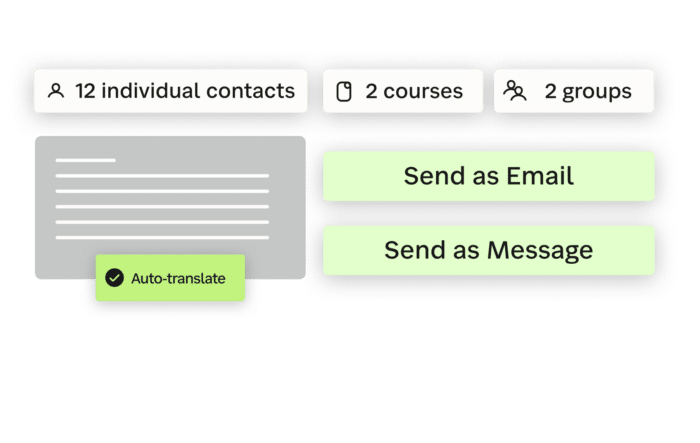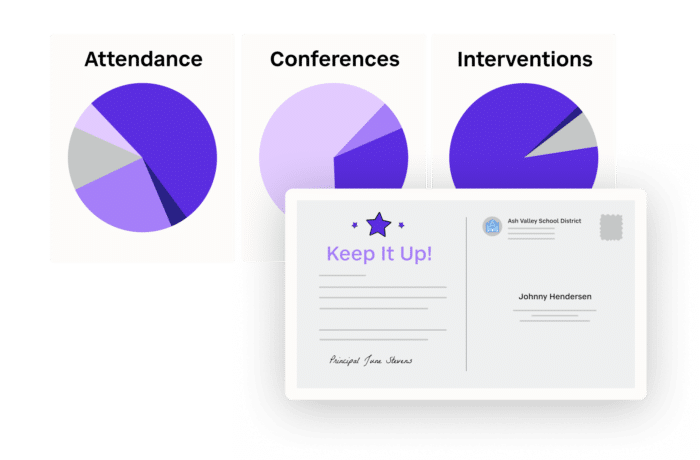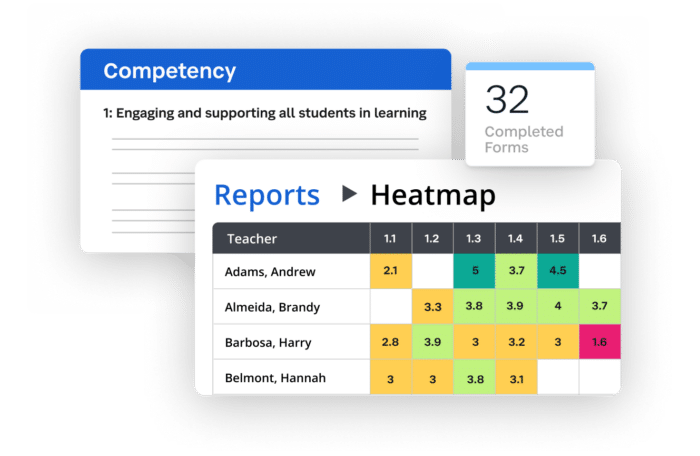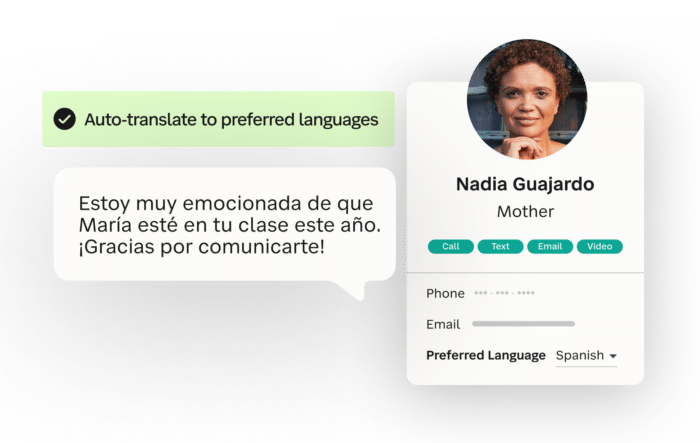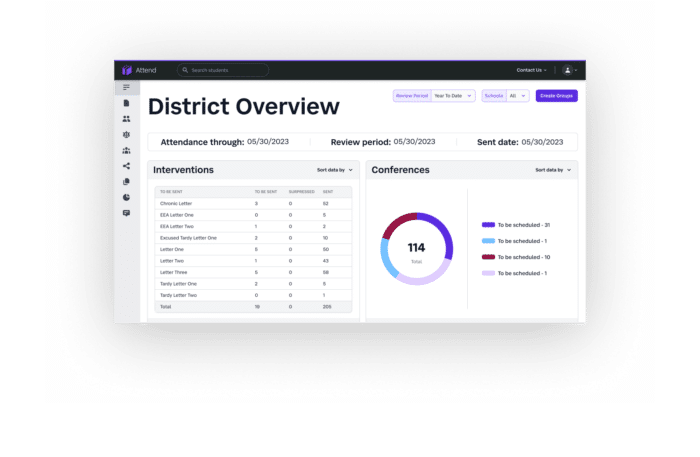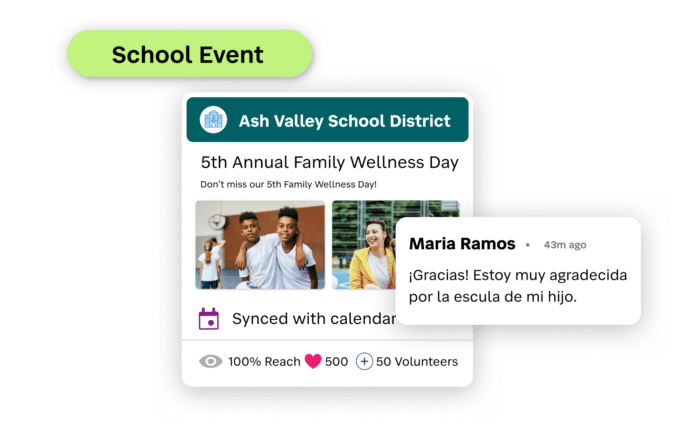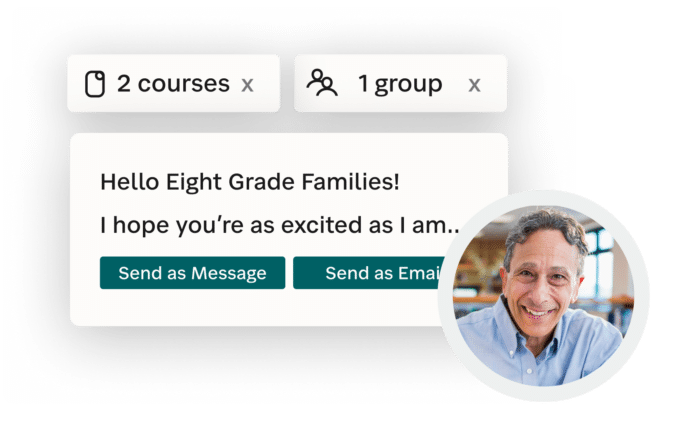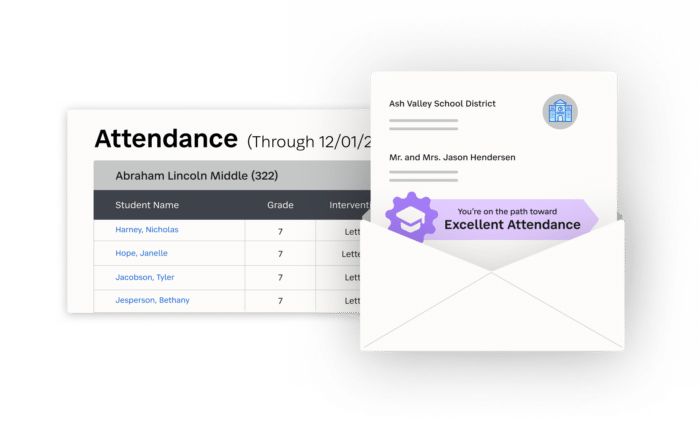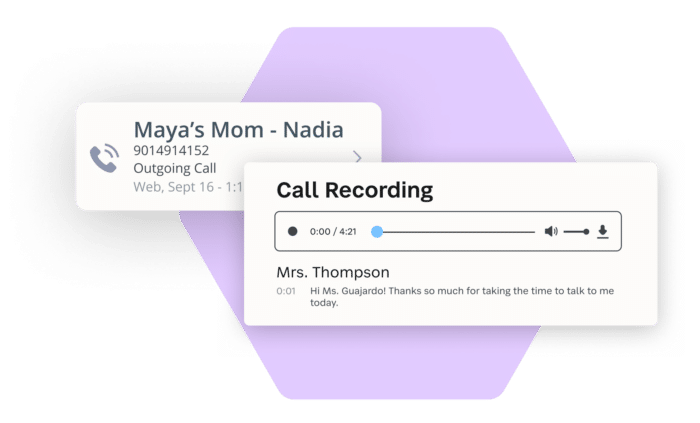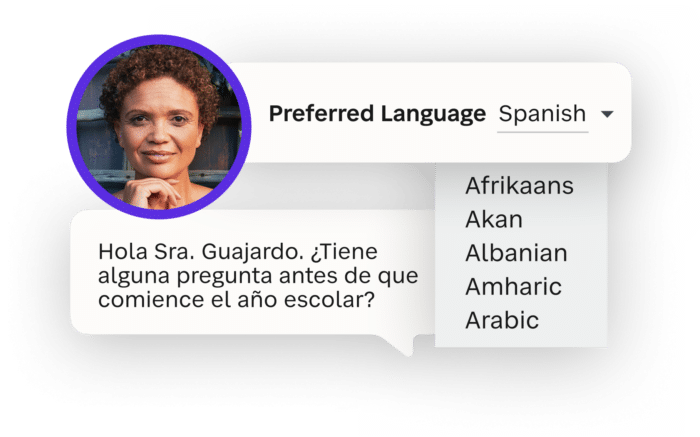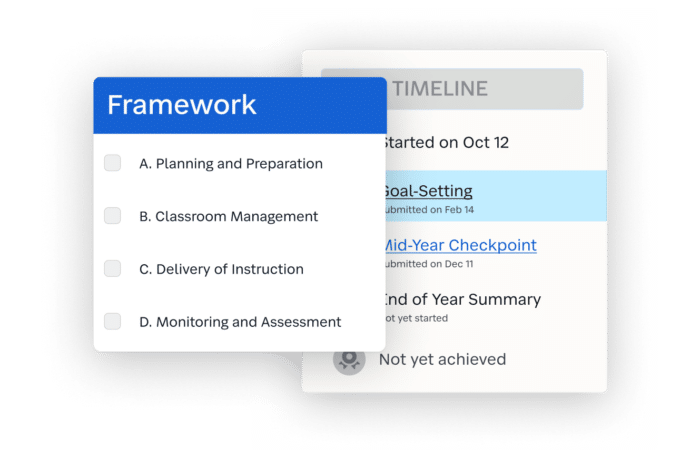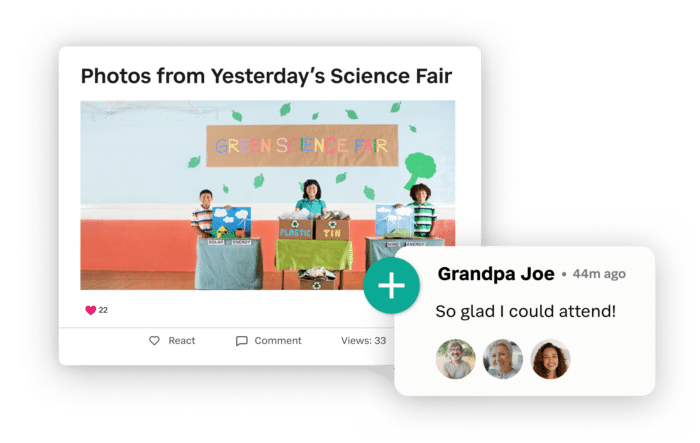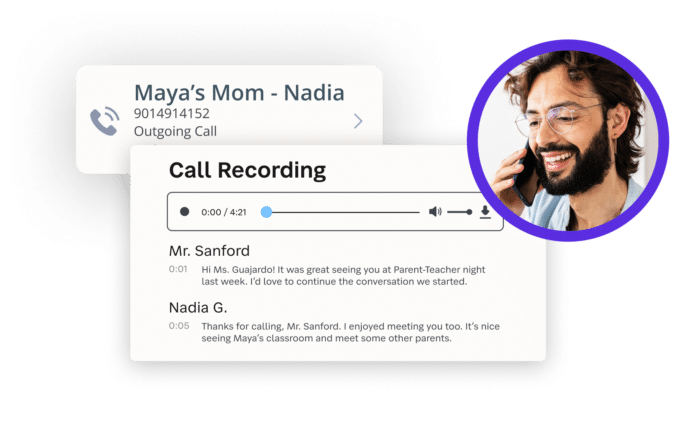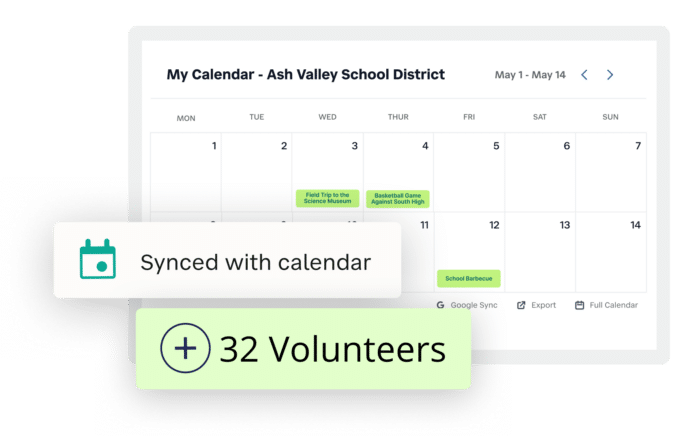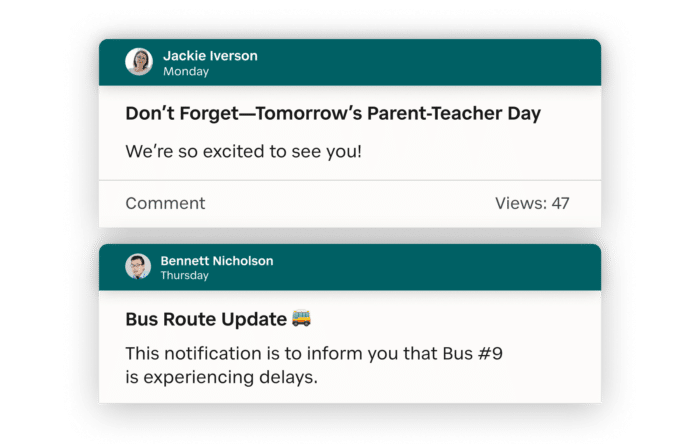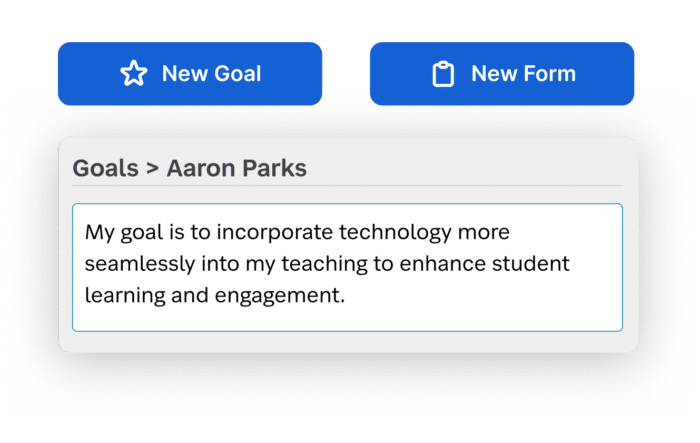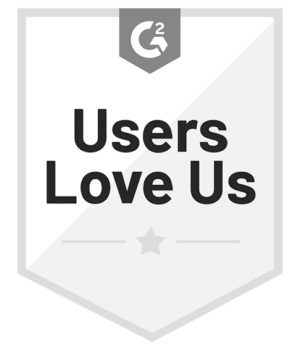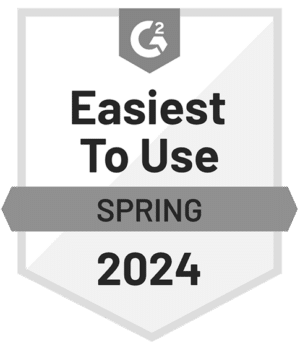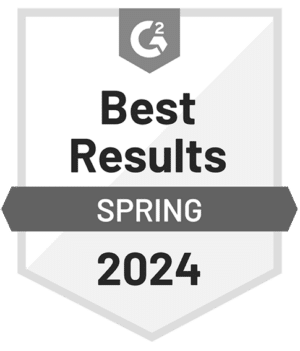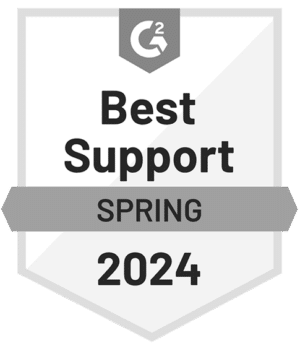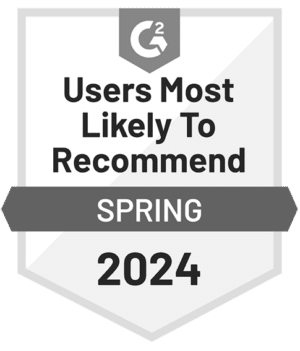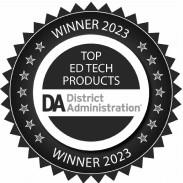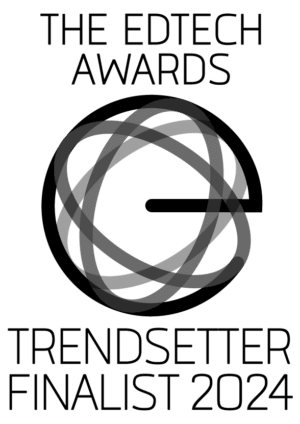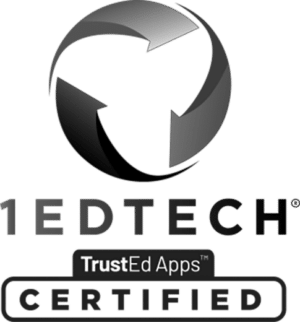Supporting Educators
at Every Level
Family Outreach
Empower your schools with communication tools that build trust with students’ families via their preferred channel and language.
Attendance Management
Improve attendance rates and reduce staff time with automated attendance interventions and mailings.
Streamline Educator Growth Programs
Create a collaborative environment for educator development by centralizing processes and observing trends to direct resources and support where they are needed most.
Compliance & Security
Promote the safety of students and staff with secure, two-way messaging across our platform.
Oversight & Reporting
Enable better communication and streamlined state-level reporting with user-friendly dashboards, digital communications logs, and call recordings.
Simple Implementation
Our implementation team gets districts quickly set up and onboarded so they can effectively use our tools from Day 1.
Centralized Communications Hub
Manage school-home communication via SMS, email, phone calls, in-app, and more—all in a family’s preferred language.
Mass Notifications
Quickly send important messages to everyone in your district—easily segmented by audience.
Attendance Management
Automate attendance intervention letters to reduce admin overhead—and keep students in the classroom.
Coordinate Educator Development
Connect leaders and educators to coordinate development and growth, schedule conversations, and share resources, while viewing district-wide data trends.
Automatic Translation
Automatically translate all district and school communications. All families have to do is set their preferred language.
Oversight & Reporting
User-friendly dashboards enable better communication and streamlined state-level reporting.
Family Communication Hub
Facilitate seamless and efficient communication between home and school.
Segmented Group Messaging
Send the right message to the right group for every occasion by selecting groups based on a class, grade, school, or district.
Automated Attendance Intervention
Save time with customizable, automated attendance letters that keep families informed and students in the classroom.
Oversight & Reporting
Easily reference all school-home communications in digital logs and recordings for simple oversight with one source of truth.
Automatic Translation
Ensure all families are kept in the loop with automatic, two-way translation. All they need to do is set their preferred language in the communications hub.
Support Educator Development
Coordinate growth plans, streamline observations, schedule conversations, and share resources in one central platform.
Reach All Families
Regularly communicate with your classroom’s families without sharing your personal contact information.
Secure & Recorded Calls
Reference past conversations as needed in automatic digital communications logs so you can better manage your classroom interactions.
Classroom Management
Manage activities and coordinate with families with easy-to-use event calendars and volunteer signup forms.
Centralized Communications
Encourage interaction and ensure everyone stays well informed with a central classroom newsfeed.
Automatic Translation
Ensure all families are kept in the loop with automatic two-way translation. Families can select their preferred language from 130+ options.
Coaching & Resources
Collaborate with leaders on career growth, achievable goals, and coaching resources.
